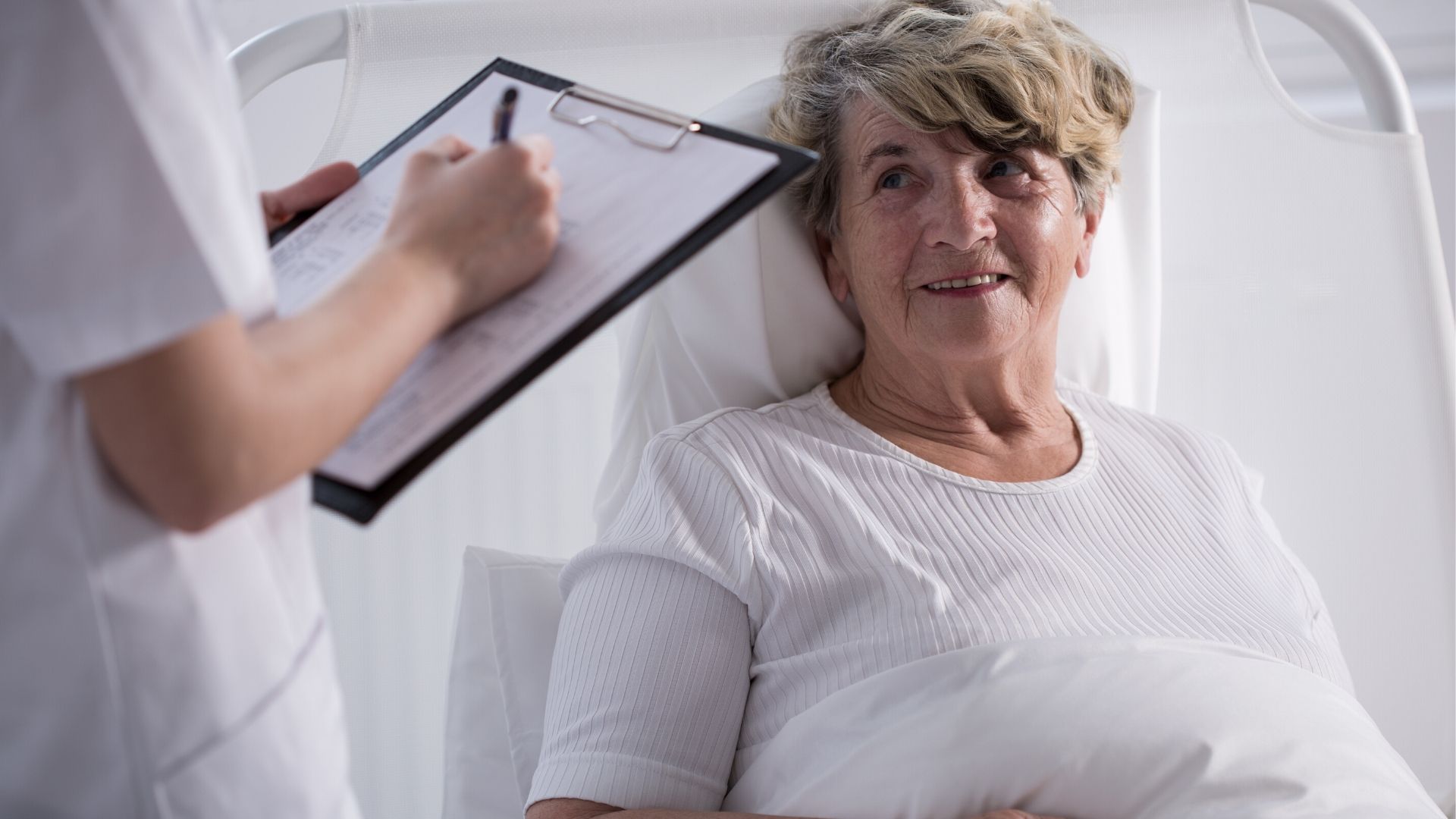Chemotherapy and immunotherapy creams for skin cancer

On this page:
Topical chemotherapy
For superficial or early skin cancers, a cream containing chemotherapy drugs can be put directly onto the skin cancer. This called topical chemotherapy.
You will be given the cream to take home and put on by yourself. The cream is usually put on once or twice a day for a few weeks. It is best to massage it into the skin and keep it uncovered. Remember to wash your hands before and afterwards.
Side-effects of topical chemotherapy
- Red, inflamed, sore skin: The cream will make your skin red, inflamed and sore. This may last until a week or two after treatment has finished, when the skin has healed. If you are worried about these symptoms, ask your doctor for advice. They may prescribe a steroid cream to ease the inflammation if your skin is very sore. Avoid sunlight until the area has healed.
- Hair loss: You may also lose the hair in the area being treated.
- Insomnia: Some patients have difficulty sleeping during and after treatment.
- Fatigue: Extreme tiredness.
- Headaches: Some patients have headaches during and after treatment.
Topical immunotherapy
Immunotherapy cream contains drugs that help your body’s immune system to fight the cancer cells. It is normally used in areas where surgery may be difficult or if you have more than one tumour. The cream can be used on your chest, neck, arms, hands, legs and feet.
You will be given the cream to take home and put on once a day for a number of weeks.
Side-effects of topical immunotherapy
- Sore skin: Some redness or crusting of your skin can happen during the treatment but this will clear up and leave no scarring. Your doctor may give you a steroid cream to use as well.
- Flu-like symptoms: Occasionally, the cream may cause shivers and other flu-like symptoms.
For more information
Phone
1800 200 700



